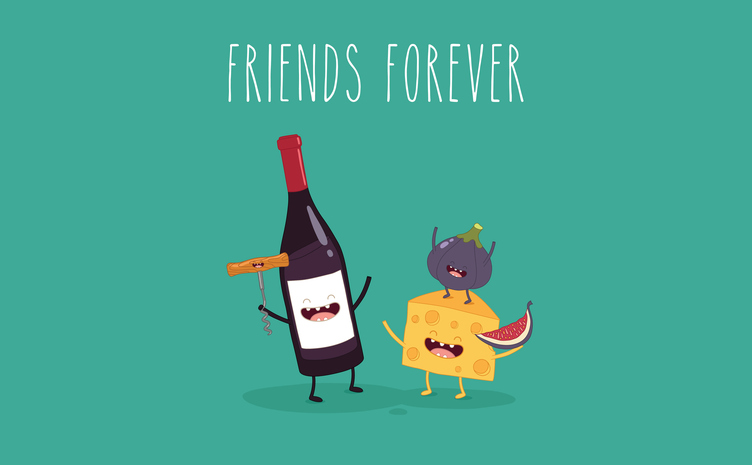Partnerships between complementary brands – that is, brands that do not compete with each other but often address similar audiences – offer real possibilities for companies that are looking to expand both their reach and customer base. In addition, a successful brand collaboration allows a reduction of the marginal costs associated with the effort of reaching larger audiences: the good, if affordable, twice as good.
Companies of all sizes have embarked on collaboration projects with other brands. Some notable recent cases include Google with Nestle (which took place during the release of the KitKat version of Android) and the one with Nike and Apple (for tech-enhanced sportswear and gadgets). It is important to note the difference that exists between brand collaboration and strategic partnership. The latter is explained by reasons that are key to the basic functioning of a company – think supply chain stability in the case of Apple and the China-based manufacturer Foxconn. Brand collaboration, on the other hand, is a voluntary, friendly partnership between companies that pursue better experiences for their customers and mutual benefit, all at once.
Additionally, brand collaboration gets better when small and medium-sized brands are involved. Big brands not only rely on bulkier budgets to develop their marketing strategies but also have to deal with more diverse audiences and higher levels of exposure, a mix that can easily snowball into taking unnecessary risks. In contrast, smaller brands usually talk to sort-of homogeneous audiences and often deal with limited branding resources, a scenario that means nothing but fertile soil for collaboration: there’s much more to be won than lost there.
We’ve found a little-known case to highlight the appeal of brand collaboration schemes: a joint project between the Peruvian fashion brand M.bö with Cumbres, a company that produces premium craft beer from Andean grains like quinoa. A question arises: why would a fashion brand partner with a beer maker?
To begin with, a bit of perspective: it’s not any fashion brand partnering any beer brand here. M.bö is hip and urban, a trait shared with specialty craft beers like Cumbres. Secondly, both brands are growing, a process that often demands high rates of investment. Third, they share audiences in similar markets. These elements set the perfect atmosphere for a successful collaboration.
For example, if Cumbres wants to draw M.bö’s customers attention at supermarkets, a stylish label for its bottles would be a great move. In the same manner, if M.bö wants to reach the same audience that Cumbres does at supermarkets, it can’t just place its clothing line there. A simple solution took place: they provided the stylish label for the beer bottles, and collaboration began. Both brands have been working together for a few months now, exploiting their strengths for mutual benefit and providing unique experiences, prominently through a series of fashion events. Guess who’s providing the drinks for the fashion events?
This is just a minor example of the possibilities that thoughtful, well-developed collaboration can do for brands. In order to achieve meaningful results, brand collaboration demands a strong strategy and a good amount of feasibility analysis, but it all starts with a question: which brand out there would do great with yours? Time to start connecting the dots.

